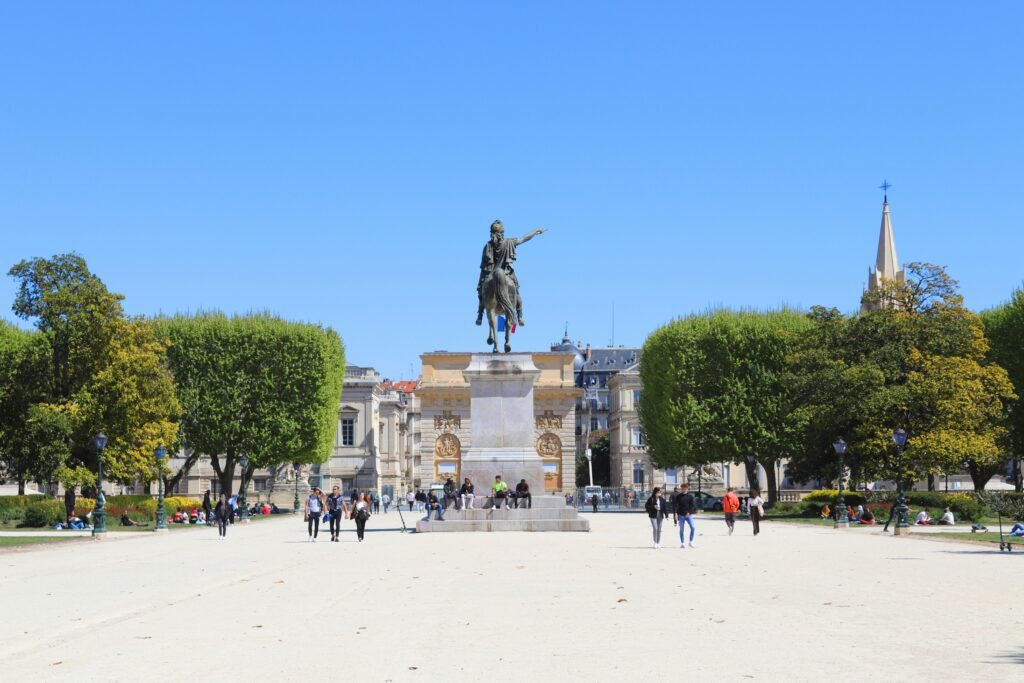
Spain’s historical landmarks offer an unparalleled window into its rich cultural heritage, inviting visitors to walk through centuries-old architectures that have profoundly shaped the nation’s identity. One of the most iconic historical sites is the Alhambra in Granada. This breathtaking palace and fortress complex, perched on a hilltop, stands as a testament to Moorish architecture and artistry. Dating back to the 13th century, the Alhambra served as a royal palace, military stronghold, and a small town. Its intricate tilework, lush gardens, and sweeping views of the Sierra Nevada make it a highlight of any visit. To avoid the crowds, it is best to visit early in the morning, and guided tours are highly recommended to fully appreciate its historical significance and hidden details.
Another must-see landmark is Barcelona’s Sagrada Familia, designed by the renowned architect Antoni Gaudí. This basilica, which has been under construction since 1882, epitomizes modernist architecture with its surreal, organic forms and intricate facades. Despite its unfinished state, the Sagrada Familia’s interior is an awe-inspiring labyrinth of light and color, thanks to the stunning stained glass windows. Visitors should book tickets in advance to skip the long lines and consider an audio tour to learn about Gaudí’s visionary design and the basilica’s ongoing construction efforts.
In Seville, the Royal Alcázar offers a captivating glimpse into Spain’s Islamic and Christian past. This UNESCO World Heritage site originated as a Moorish fort and later evolved into a royal palace. Its architecture is a beautiful blend of Mudéjar, Gothic, Renaissance, and Baroque elements. The Alcázar’s opulent rooms, intricately carved ceilings, and lush gardens provide a serene escape. Arriving early, particularly in the cooler morning hours, can enhance the visit, and guided tours are available to uncover the palace’s layered history and the fascinating stories behind its construction.
Each of these landmarks offers a unique insight into Spain’s rich and diverse history, showcasing the architectural brilliance and cultural intersections that have defined the nation over the ages. Whether marveling at Moorish craftsmanship in the Alhambra, exploring the visionary designs of the Sagrada Familia, or wandering through the Royal Alcázar’s opulent halls, visitors are bound to experience an indelible connection to Spain’s past.
Immersing in Local Traditions and Festivals
To truly grasp the essence of Spanish culture, immersing oneself in the country’s vibrant local traditions and festivals is indispensable. Spain is renowned for its myriad of lively celebrations that showcase its rich cultural heritage and communal spirit. Among these, La Tomatina in Buñol, the Running of the Bulls in Pamplona, and Las Fallas in Valencia stand out as emblematic events that draw thousands of visitors each year.
La Tomatina, held in the town of Buñol on the last Wednesday of August, is a unique event where participants engage in a massive tomato fight. The origins of this festival date back to 1945 when a spontaneous food fight broke out during a parade. Today, it symbolizes camaraderie and joyous chaos, with truckloads of ripe tomatoes being hurled in the streets, creating a sea of red. The festival concludes with a communal cleaning of the town, reflecting the communal spirit of the celebration.
The Running of the Bulls, part of the San Fermín festival in Pamplona, is another iconic Spanish tradition. Held from July 6 to 14, this festival dates back to the 14th century and is marked by a thrilling dash of participants in front of a group of bulls through the town’s streets. This event is steeped in history and culture, with traditional attire such as white clothes and red scarves, and daily festivities including parades, fireworks, and music. While it exudes excitement, participants should be aware of the inherent risks and respect the local customs for a safe experience.
Las Fallas in Valencia, celebrated from March 15 to 19, is a vibrant festival known for its elaborate, satirical effigies made of paper-mâché, wood, and wax. These effigies, called «fallas,» are burned in spectacular bonfires on the final night. The festival honors Saint Joseph and is a display of artistic creativity and community involvement, with various neighborhoods contributing their unique creations. In addition to the mesmerizing bonfires, visitors can enjoy traditional dance performances, known as «Fandango,» and indulge in local culinary delights such as «paella» and «horchata.»
For travelers keen on participating in these cultural celebrations, it is essential to respect the traditions and customs of the local communities. Embrace the local attire, partake in the communal activities, and engage with the locals to fully experience the festive spirit. These traditions and festivals provide an immersive lens into Spain’s lively culture, offering an unforgettable, authentic experience that goes beyond conventional tourism.